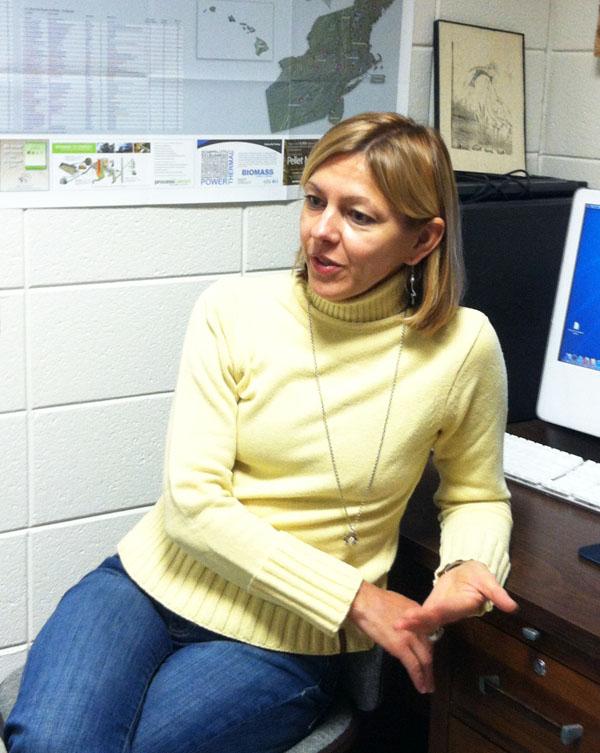 A university professor is currently working to restore coastal erosion with the use of sea oats.
A university professor is currently working to restore coastal erosion with the use of sea oats.
Assistant professor of biology Eva Gonzalez studied populations of sea oats along the Atlantic and Gulf coasts in order to understand their evolutionary history and the most effective way to restore sand dunes.
“Sea oats are sort of our defenders against the energy of the oceans. It’s a very effective way of stabilizing the coast,” Gonzalez said. Sea walls and other man-made techniques are more costly and are only temporary fixes.
Specimens were collected from several locations along the Atlantic and Gulf coasts.
The study involved DNA analysis of chloroplasts to identify genetic variations among the different populations of sea oats. The findings indicated that there are two major lineages of sea oats, a Gulf coast population and an Atlantic coast population.
It appears that the two populations are separated by the mangrove forests in Florida, Gonzalez said.
Sea oats have dense root systems that are effective in building up sand dunes. They are often imported from distant locations to be used for restoration.
It is important to use sea oats that are well adapted to the local environment for restoration purposes, Gonzalez said. For example, sea oats from North Carolina may not be as successful in Florida as they would be in their local environment.
Former graduate student Richard Hodel began working on the study with Gonzales in August 2009.
“If you can find out where they survived in the past, and where they are today, you might be able to infer where they could live in the future, which will be especially important as the climate changes,” Hodel said.
Sea oats grow in a very limited area, so “the important part of the project is to protect them,” Hodel said.
Hodel hopes that these findings will have a direct impact on policy in the future. Right now there are few limitations on where sea oats can be imported from, he said.
“I hope this is going to be a long term study, because what matters is how these populations respond to different climatic changes, and so we want to establish populations that keep coming back and see how they do year after year, because you might not see the response the first year,” Gonzalez said.
Chair of the biology department Sue Edwards also agrees with the importance of Gonzalez’s work, she said.
“The sustainability of sand dune integrity through vegetation, is just one example of many, in which biological studies can have direct application, in this case this research ensures that the natural primary defense mechanism against wave action remains in place,” Edwards said.
Story: JULIEANNE PIKE, Intern News Reporter
Photo: MAGGIE COZENS, Photo Editor
